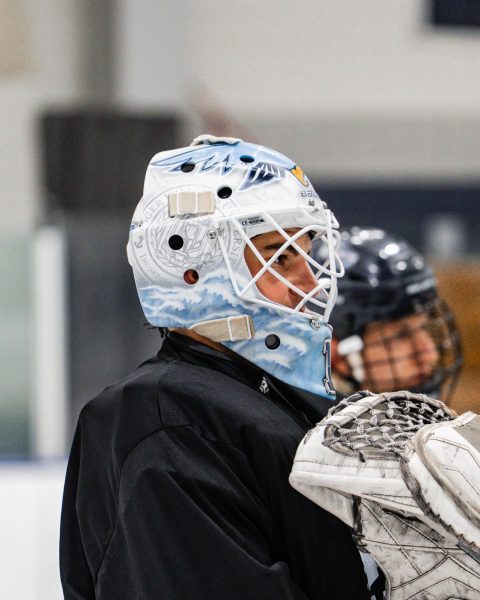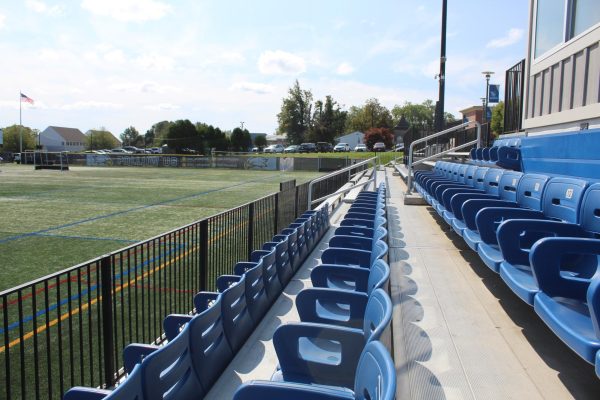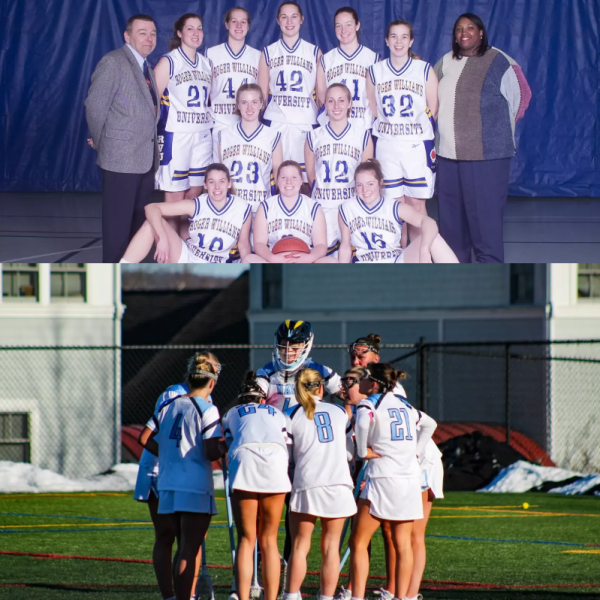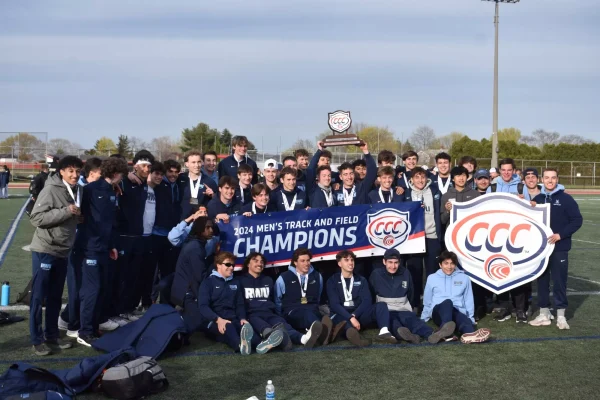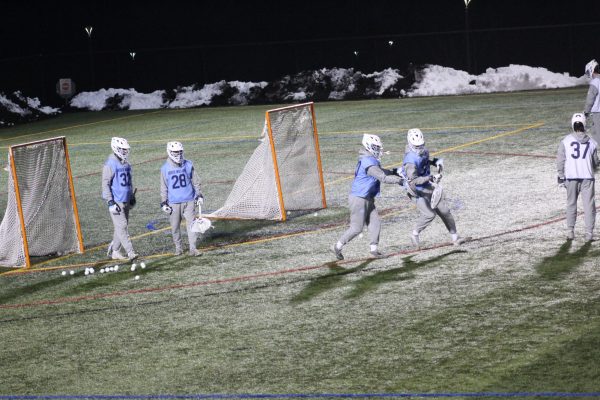Will limiting mound visits speed up baseball?
Baseball is boring. The game is too slow.
I have heard those statements way too many times. As someone who has played both baseball and softball and is a diehard baseball fan, it pains me when I realize that people don’t view the game the same way I do. I’m drawn into every pitch and I can sit and watch a four-hour baseball game with no problem. For many people, the game isn’t exciting for them and I guess I can understand why.
“America’s pastime” has become “America’s naptime.”
For years, Major League Baseball has been trying to speed up the game in order to appeal to younger fans. However, within the past decade, professional baseball games have been just the opposite. According to The New York Times, the average nine-inning game was three hours and five minutes in 2017, which was 14 minutes longer than an average game in 2010.
There’s speculation that “juiced” baseballs are being used to increase the number and distance of home runs to draw fans into the excitement of the long ball. This theory is supported by hard data, but pitchers are suffering and it’s not solving the length of game issue; more home runs might actually make games longer.
In February, it was announced that MLB would be limiting mound visits to six per nine innings, granting an additional visit for each extra inning.
There’s a list of exceptions to this rule that won’t count against a team’s mound visits: a pitching change, a pitcher-catcher meeting between batters, an infielder cleaning their muddy cleats on the back of the mound, and an injury visit. Umpires can also grant additional mound visits if they believe there is miscommunication between pitcher and catcher regarding a sign to avoid a potential injury due to a cross-up. Like always, a pitcher would have to be removed during a coach’s or manager’s second trip to the mound in an inning.
One of the biggest concerns about this rule change is sign stealing. Many mound visits come with a runner on second so pitchers and catchers can change signs to avoid the runner relaying signs to the batter. With the video technology that is in use today, sign stealing is much easier, which is why catchers run to the mound more often during these situations to try and throw the runners off.
MLB promises that telephone calls to dugouts will be monitored and recorded in order to reduce the chance of information being spread from outside into the field of play, but some players aren’t entirely convinced. World Series champion and Houston Astros pitcher, Justin Verlander, told NYT in a spring training interview that not being able to meet with his catcher during these situations will affect the preparation for a game and ultimately change the rhythm.
MLB Commissioner Rob Manfred has been fighting for pitch clocks, which have been installed in minor league levels, but is leaving it up to major leaguers to naturally speed up the game by themselves. The MLB also implemented a 20-second chop of commercial breaks during regular season games.
Baseball season is upon us, and it’s hard to tell if this new rule has made an impact yet, or if it will make an impact at all. In the Cardinals-Mets opening day game, the Cardinals used four of their six visits while the Mets only used one. The question then is: with all the exceptions to the rule, will teams ever use all six visits?
The mound visit limit has only been written into the MLB rulebook, but I was curious to hear how some college baseball players would react to this rule if it was implemented into the N.C.A.A.
“I would say I go out [to the mound] only two or three times a game at most,” junior catcher Chris Bosco said. “I would be okay with it. I don’t think it would affect my relationship with the pitcher.”
While Bosco thinks that six mound visits per game is a good cap, he thinks he knows why the MLB is getting so much backlash from the rule change.
“The baseball community isn’t very accepting of changing old rules,” he said.
For the most part, baseball has stayed the same for the past 100+ years. The pace of play has obviously slowed, but can anything really be done to drastically change the game’s duration? This new mound visits rule prevents excessive mound visits, but I’m not sure how much it will quicken gameplay, especially with all of the exceptions.

